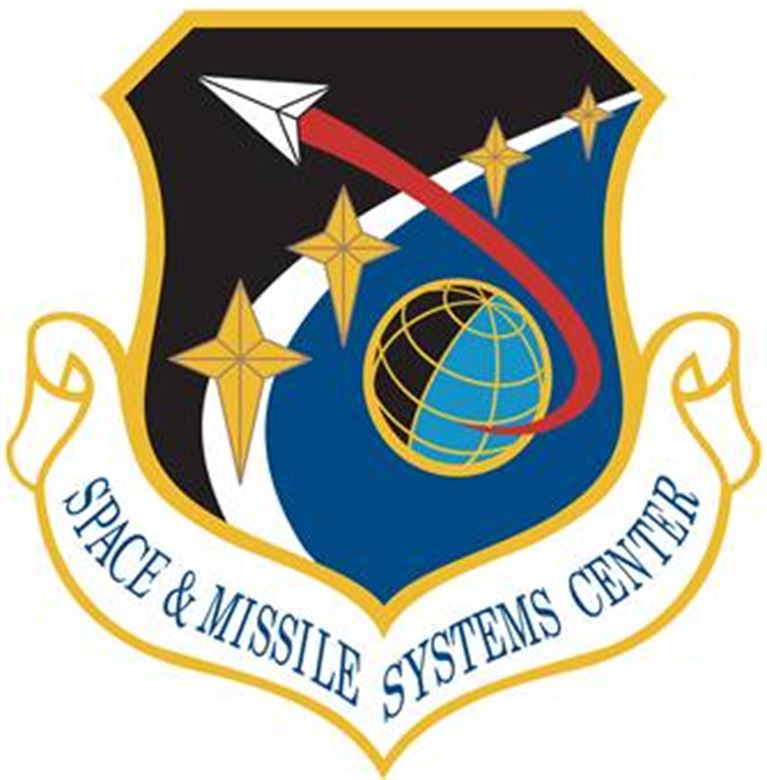The Air Force’s Space and Missile Systems Center recently awarded Maxar Technologies a firm fixed-price delivery order under the Hosted Payload Solutions Indefinite Delivery/Indefinite Quantity contract. The National Aeronautics and Space Administration will fund the contract, which will commercially host NASA’s Tropospheric Emissions: Monitoring of Pollution, or TEMPO instrument.
Under the contract, Maxar Technologies maintains and manages the configuration of all design interface information between the satellite platform and hosted payload. This effort will be carried out at Maxar’s facility in Palo Alto, California. The period of performance for the payload/satellite integration and test is two years with an additional year of on-orbit operational support. TEMPO is expected to launch in February 2022.
“TEMPO will be the first space-based instrument to measure ozone, nitrogen oxide, sulfur dioxide and other key pollutants across North America every hour during the day. These measurements will be taken from a geostationary vantage point about 22,000 miles above Earth’s equator,” said Stephen Hall, NASA’s TEMPO project manager. “Its advanced sensors will be able to distinguish between areas about the size of the National Mall in Washington, D.C. Data collected from TEMPO will revolutionize air quality forecasting and emission control strategies by providing critical air quality information from space.”
The Space and Missile Systems Center, located at Los Angeles Air Force Base in El Segundo, California, is the U.S. Air Force’s center of acquisition excellence for acquiring and developing military space systems. Its portfolio includes the development of advanced space and launch capability and systems, global positioning systems, military satellite communications, defense meteorological satellites, space launch and range systems, satellite control networks, space-based infrared systems, and space situational awareness capabilities.






